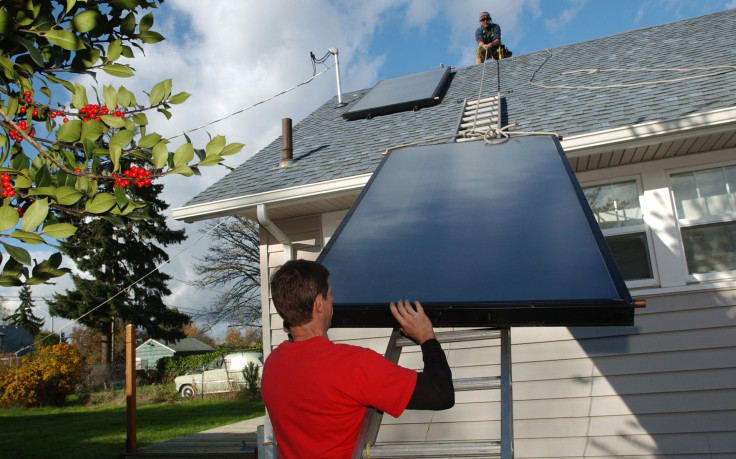
These days, it seems like just as soon as you’re done relying on your air conditioning, you have to immediately start using your heat. Call it global warming or anything you like, but the truth is, homeowners just don’t seem to get the break between summer and fall quite like they used to. And unfortunately, this means bad things for your energy bills.
Luckily, there are some things you can do right now that can help cut your energy costs as the colder weather approaches. Best of all, you can probably get all of these jobs done in a single weekend.
Expert and home staging guru, Alex Thatcher, shared with Latin Times 5 tips to save money cutting energy costs through fall And winter:
1. Replace the Air Filter on Your HVAC System
A new air filter costs anywhere between $10 and $25, but the value it provides your home is immeasurable. Not only does a new air filter make your home more comfortable and the air quality more sanitary, but it also helps improve your HVAC system’s efficiency, and this directly translates into lower energy bills.
Even more importantly, replacing your air filter every three months (more frequently if you have pets or if you suffer from allergies) is the most important thing you can do to extend the life of your HVAC system. Replacing the air filter on a HVAC system is a quick and easy job that any homeowner can do themselves.
2. Seal the Foundation Vents on Your Crawl Space
During spring and summer, you need to have your crawl space foundation vents open to allow the space to breathe so moisture doesn’t accumulate. But in fall and winter, you should close them off because these vents allow heat to escape from your home and cold air to enter your home rather easily.
A good schedule to keep to and one that is easy to remember is to close the vents around Thanksgiving, and then open them back up at tax time in the spring. If your crawl space vents don’t have louvers on them, you can seal the openings using Styrofoam vent covers.
3. Close Your Fireplace Damper
During the fall and winter, odds are you’ll be using your fireplace a lot if you have one. But when you’re not using the fireplace, an open chimney offers an easy way for warm air to escape your home because, after all, heat rises.
To help prevent this, make sure you close your damper when your fireplace is not in use so all of your warm air stays in. This will help prevent your furnace from kicking on prematurely and running your energy bills up. In fact, just by closing your damper, you can cut your heat loss by as much as 20 percent!
4. Install Insulation Over Your Hot Water Pipes
Your home’s hot water has to travel all the way from your water heater to the tap you’re using, and in some cases, this means traveling through pipes in the basement and other unheated areas. By the time the water gets to where it needs to be, it has dropped in temperature by a few degrees.
This results in you calling for hotter and hotter water, which forces your water heater to try and keep up with the demand. But, by simply installing foam pipe insulation over your exposed hot water pipes, you’ll be able to reduce the amount of heat loss and this will help you conserve more energy.
5. Reverse Your Ceiling Fan Direction
Your ceiling fans not only help keep you cool in the summer, they can also help keep your home more comfortable in the winter. It’s all about direction. In summer, you want the blades to rotate counter-clockwise. But, in colder seasons, you will want to switch the blade direction to clockwise.
This enables your ceiling fan to draw the warm air that’s sitting up against the ceiling down into the living space, thus reducing your need to run the furnace as often.
According to Alex, the greatest thing about these five tips is that they are extremely easy and affordable to do. In fact, tips #3 and #5 don’t cost anything at all! If your crawl space has louvers, then you can add #2 to the free tasks as well. For the rest, you can expect an average cost of about $50, but it’s an expense that you’ll easily get back with the energy savings you’ll enjoy this fall and winter.
© 2025 Latin Times. All rights reserved. Do not reproduce without permission.






